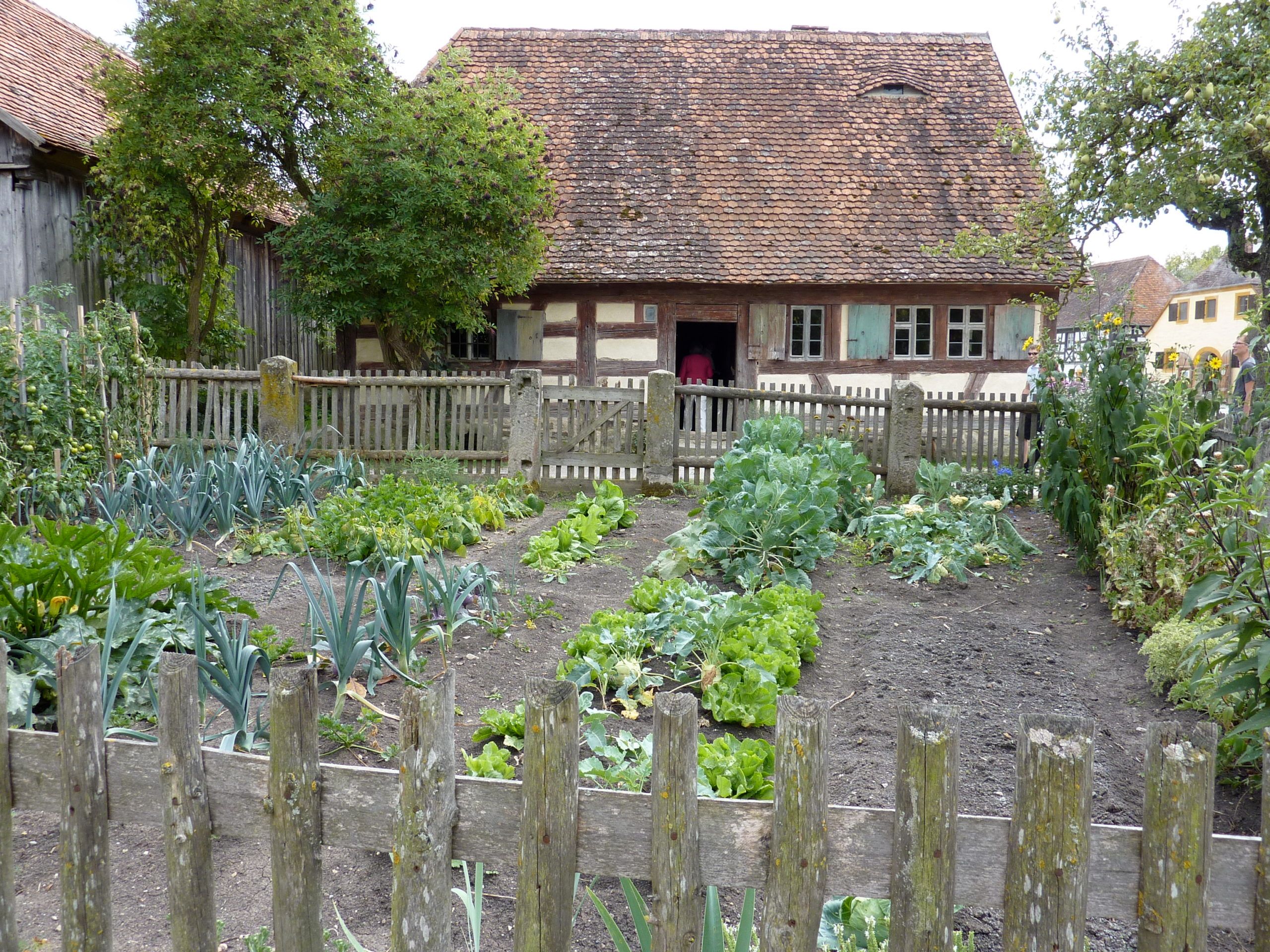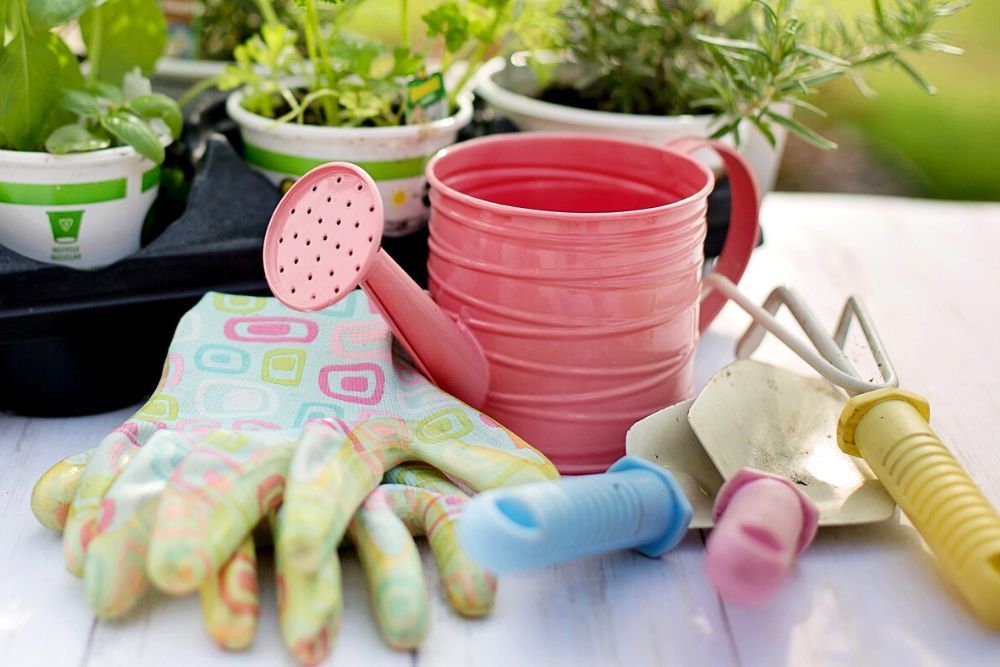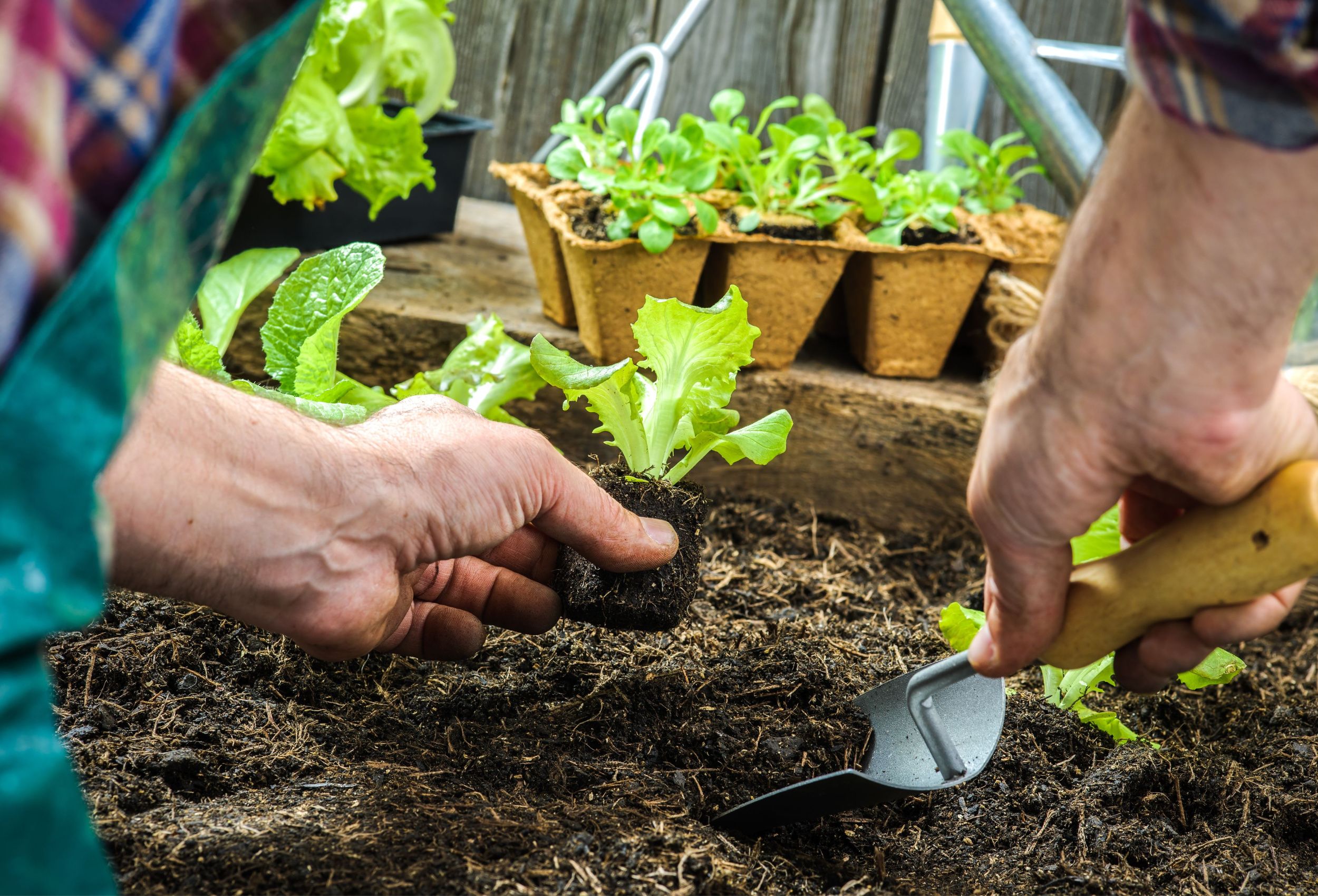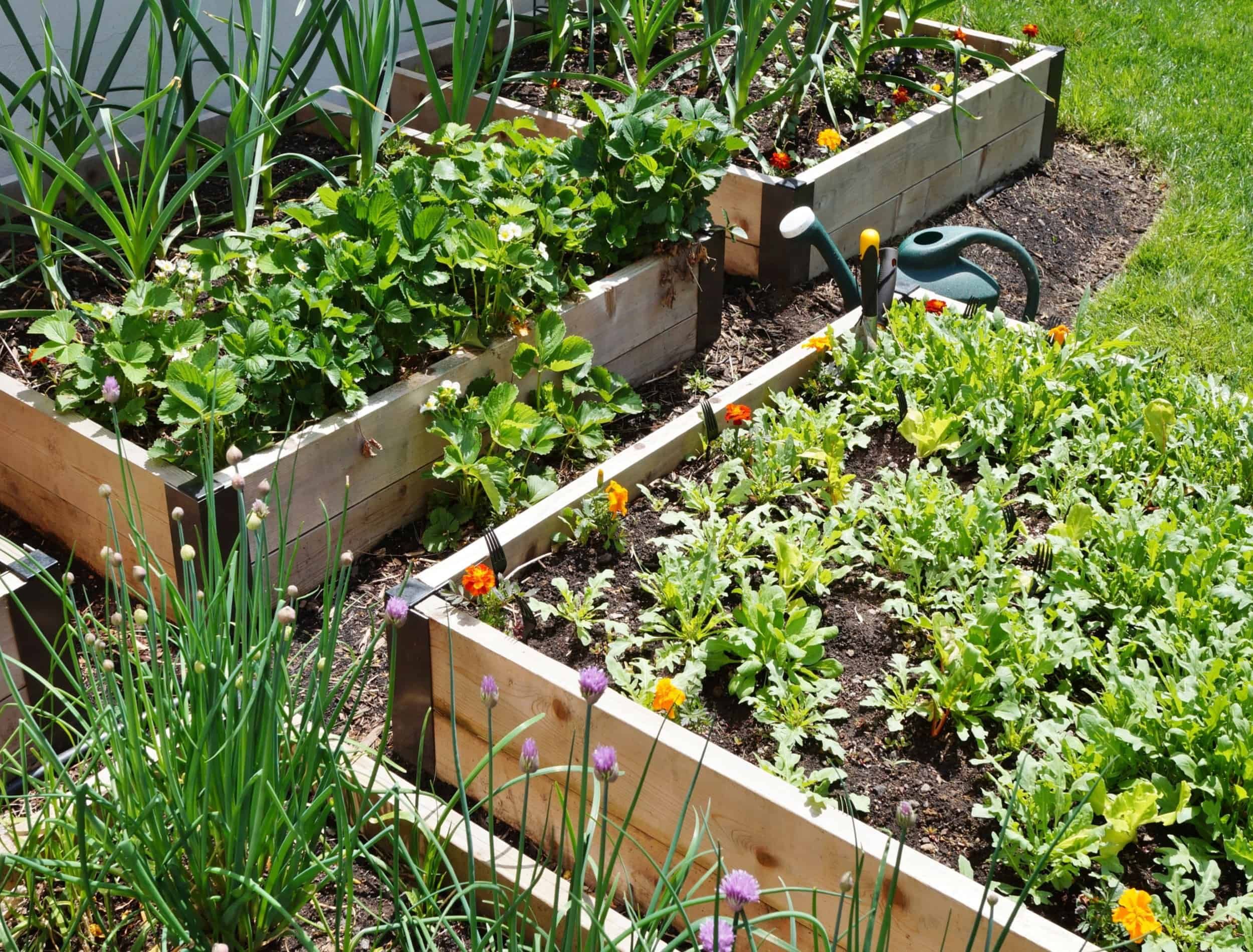While winter tends to be a time of relaxation and indoor gardening, it's also the perfect chance to plan next season's garden, meaning choosing the plants you'll grow and starting seeds indoors. So, where does crop rotation come into play with all of this?
While many garden practices, such as composting and mulching, increase your vegetable yield and benefit the plants, crop rotation is also crucial. That's why it's essential to know when you should change the location of your vegetables and plan out what veggies you intend to plant before the season begins.
Below, you will learn about the benefits of crop rotation, the tools you'll need, and everything you have to consider to ensure the process goes off without a hitch.
Benefits of Crop Rotation
Image credits: virginijavaidakaviciene via Canva
In a vegetable garden, crop rotation is essentially changing the location of vegetables each season. Since plants take and add essential nutrients, such as nitrogen, phosphorus, and potassium, to the soil, swapping them ensures it doesn't become depleted and has a chance to replenish.
For example, tomatoes tend to soak up all those nutrients, while plants like peas and beans build nitrogen levels back up, and sweet clovers add phosphorus. With this in mind, crop rotation is a great way to conserve your garden soil.
Crop rotation also reduces issues with disease and pests. When you consider your vegetable plants as their category, such as solanaceous crops, brassicas, and cucurbits, you can identify their respective ailments. Fruits like tomatoes suffer from different pests than cabbage, so switching their location means removing them from soil that harbors specific diseases and pests from the previous season.
When is the Best Time to Rotate Crops?
Image credits: Geo-grafika via Canva
You should rotate your crops on a three-to-four-year cycle since that is generally how long it takes for soil-borne diseases and pests to become harmful to your plants. Rotate your crops when one crop's lifespan is over, and you can then begin planting new crops.
Just make sure not to plant the same vegetable family where another once was, this won't benefit them. You wouldn't want to plant broccoli where cabbage once was. You'll want to plant it in an area where they can get new, fresh nutrients. For example, when you remove tomatoes from the garden at the end of summer or fall, you can plant carrots in their spot in the fall for a spring harvest.
Tools You'll Need
Image credits: Jill Wellington via Pixabay
Rotating your crops requires a few different tools. Fortunately, the essentials are items that many gardeners likely already own.
- Gardening gloves
- Trowel
- Raised garden beds
- Containers
Crop Rotation in a Small Space
Alternating Heavy and Light Feeders
Image credits: Alexander Raths via Shutterstock
There are six major families of vegetables that you should group when planting:
- Alliums: onions, shallots, and garlic
- Legumes: beans, peas, and peanuts
- Brassicas: broccoli, cauliflower, cabbage, and leafy greens
- Solanaceous: tomatoes, peppers, and potatoes
- Umbellifers: carrots, parsnips, and dill
- Cucurbits: cucumbers, zucchini, and squash
You can further break down the vegetables in these six families into two groups: heavy and light feeders. The former requires more nutrients, while the latter doesn't need as much. Alternating them every three to four years allows the soil time to replenish.
Heavy feeders include tomatoes, corn, and cucumbers since they need a lot of nitrogen to develop leaves, flowers, and fruits. Light feeders include potatoes, carrots, and onions.
Note: There are a few exceptions to crop rotations. Do not move perennial herbs and vegetables since they stay in-ground or potted year-round. Also, plants like asparagus and rhubarb need to grow for a few years before they produce and are ready for harvesting. Make sure you do your research on each crop you choose to plant so you can provide them with the best home possible.
Raised Garden Beds and Container Gardening
Image credits: EQRoy via Shutterstock
If you have a small garden, moving your plants only a few feet away won't have the same effects as crop rotation. Fortunately, implementing raised garden beds or separate containers creates a barrier between your different plants. Planting in pots can also keep diseases at bay since each plant is more secluded.
You also give yourself more space for crop rotation because you'll have more locations to swap your plants compared to one or two garden beds!
Planning Crop Rotation
Image credits: Ground Picture via Shutterstock
Planning the progression of your crop rotation helps to ensure your plants end up in the right spot. You should alternate light and heavy feeders every three to four years, keeping in mind the benefits of companion planting. Placing plants that benefit one another, like mint and cabbage, next to each other is always a good idea!
The same goes if they prefer similar conditions. For example, alliums and legumes like compost in their soil. Make sure you keep a record of what you have planted where each year. Otherwise, you might make the mistake of growing tomatoes after peppers that come from the same family.
When it comes to plants that don't require rotation, plant them elsewhere or use them to fill the gaps in your garden bed. For example, place basil next to tomatoes while remembering that lettuce does well next to brassicas.
Get Gardening!
Carefully coordinating your garden is vital in keeping your plants happy and healthy. By having a crop rotation plan decided on, you won't have to worry when it comes time to plant. And now that you know the benefits and the steps to follow, you can implement a new routine into your gardening tasks. While a small garden requires a bit more thought, these steps should help you along!
Do you have any tips for crop rotation in a small vegetable garden? Share in the comments below!







